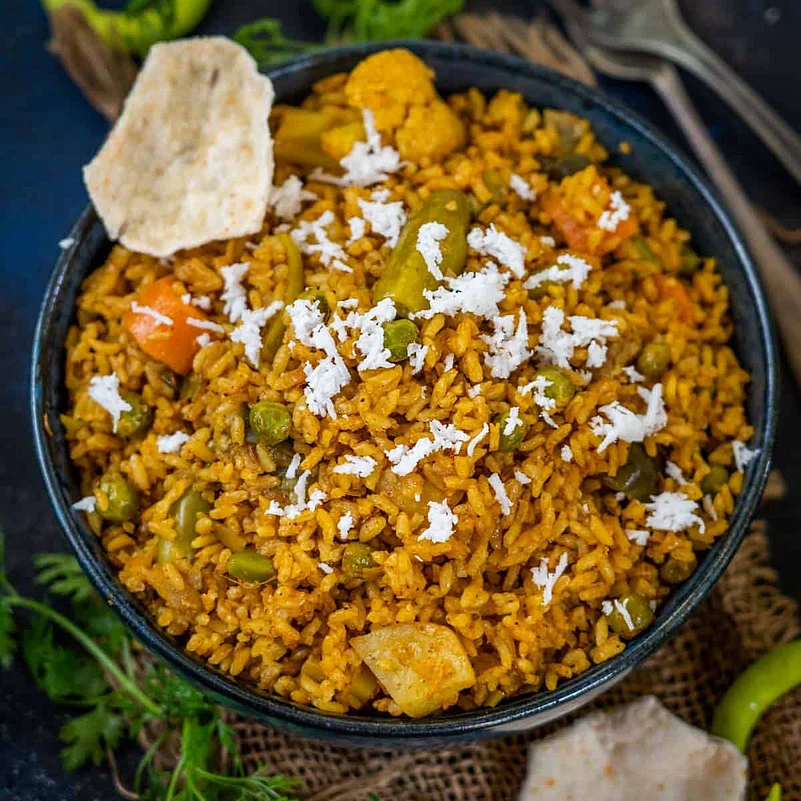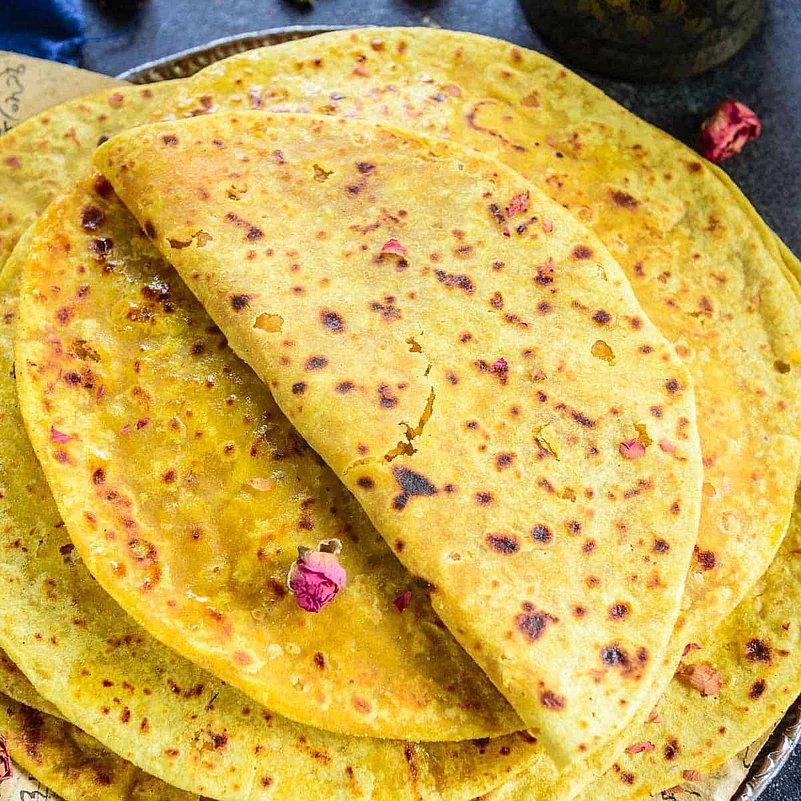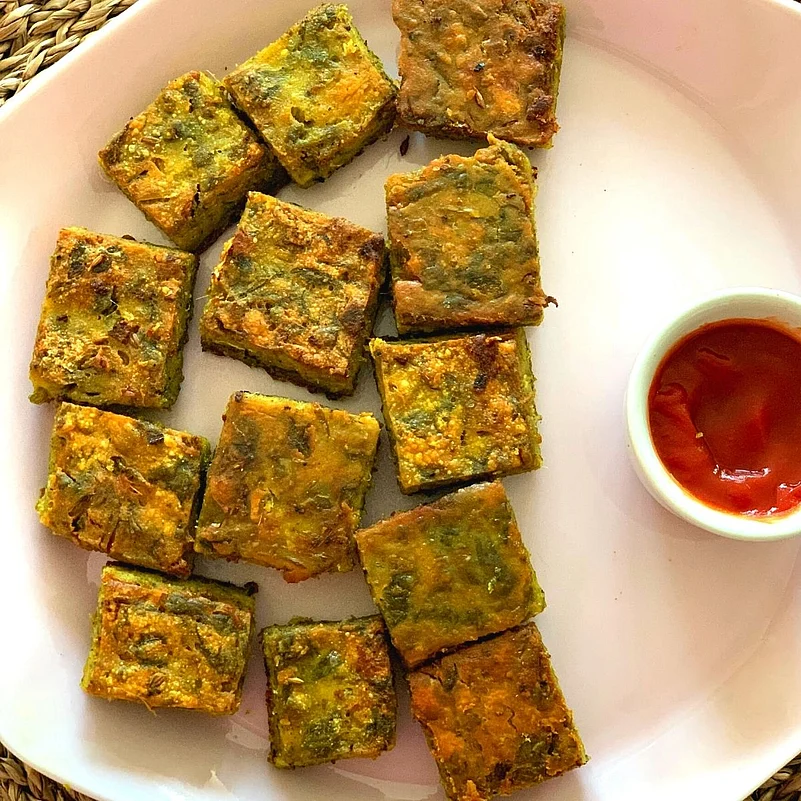Gudi Padwa, also known as Marathi New Year, is a vibrant and auspicious festival celebrated with immense joy and enthusiasm across Maharashtra and its surrounding regions. More than just a calendar change, it's a cultural celebration steeped in tradition, symbolizing prosperity, good fortune, and new beginnings. And what's a festival without a feast? Gudi Padwa celebrations are incomplete without the array of delicious and traditional dishes prepared with love and shared with family and friends. This article dives deep into the heart of Gudi Padwa cuisine, exploring the must-try recipes that embody the spirit of the festival and tantalize your taste buds. We'll not only provide you with a list of the essential dishes but also offer insights into their significance and the nuances that make them special.
Traditional dishes to try during Gudi Padwa
Shrikhand

, a creamy, sweet dessert made from strained yogurt, is a popular treat during Gudi Padwa celebrations. To prepare it, thick yogurt is hung in a muslin cloth to drain the whey, resulting in a smooth, concentrated curd known as chakka. This chakka is then blended with sugar, cardamom, and saffron, often garnished with chopped nuts like pistachios and almonds. The cool, refreshing sweetness of Shrikhand is a perfect complement to the festive meal and symbolizes the sweetness of new beginnings associated with the Marathi New Year.
Masala Bhaat

a flavorful and aromatic spiced rice dish, holds a special place in Maharashtrian cuisine, particularly during festive occasions like Gudi Padwa. This one-pot meal is a delightful blend of rice, vegetables, and a unique spice mix known as Goda Masala, creating a symphony of tastes and textures. During Gudi Padwa, it's common to prepare Masala Bhat as part of the celebratory feast, offering a comforting and satisfying dish that embodies the spirit of the festival. The preparation involves sautéing vegetables with aromatic spices, then combining them with rice and cooking the mixture until the rice is tender and the flavors are well-blended. It is often garnished with fresh coriander and grated coconut.
Bharli Vangi

or stuffed eggplant, is a popular dish often prepared during Gudi Padwa, the Maharashtrian New Year. Small eggplants are slit and filled with a flavorful mixture of roasted peanut powder, coconut, sesame seeds, jaggery, and spices like chili powder, coriander, and cumin. These stuffed eggplants are then cooked in a rich, aromatic gravy, allowing the spices to infuse and the eggplants to become tender. The sweet and spicy notes of the dish complement the festive spirit of Gudi Padwa, making it a cherished part of the traditional meal.
Puran Poli

is a quintessential sweet flatbread prepared during Gudi Padwa, a significant Maharashtrian festival. It involves crafting a sweet filling, "puran," from cooked chana dal and jaggery, which is then encased within a wheat flour dough. This filled dough is carefully rolled out and cooked on a hot griddle until golden brown, often finished with a generous dollop of ghee. The resulting Puran Poli is a delicious and symbolic treat, representing the sweetness of new beginnings celebrated during Gudi Padwa.
Basundi

a rich and creamy Indian dessert, is a popular sweet dish often prepared during festive occasions like Gudi Padwa. It involves simmering full-fat milk until it reduces to a thickened consistency, then sweetening it with sugar and flavoring it with cardamom, saffron, and various chopped nuts like almonds and pistachios. The slow cooking process allows the milk to develop a luscious texture, making Basundi a delightful and indulgent treat enjoyed by many during the Gudi Padwa celebrations.
Kothimbir Vadi

a savory cilantro and gram flour snack, is a popular treat often prepared during Gudi Padwa, the Marathi New Year. To make it, a batter of gram flour, chopped cilantro, spices like green chilies, ginger, and turmeric, and sometimes sesame seeds, is steamed until firm. This steamed mixture is then cut into squares or diamond shapes and typically shallow-fried or pan-fried until golden brown and crispy. The vibrant green of the cilantro and the flavorful spices make Kothimbir Vadi a delicious and festive addition to the Gudi Padwa celebrations.
Sabudana Kheer

is a popular sweet dish prepared during Gudi Padwa, the Maharashtrian New Year, symbolizing auspicious beginnings and prosperity. To make it, soaked sabudana (sago pearls) are cooked in milk until they become translucent and soft. Sugar, cardamom powder, and saffron strands are added for sweetness and aroma. The kheer is then garnished with chopped nuts like almonds, cashews, and pistachios, providing a rich texture and flavor. This creamy and comforting dessert is a traditional offering and a delightful way to celebrate the festival.
More than just a list of ingredients and instructions, Gudi Padwa cooking is about preserving traditions, sharing love, and celebrating new beginnings. It's a time to gather with family and friends, share stories, and create memories that will last a lifetime. So, embrace the spirit of the festival, try your hand at these traditional recipes, and welcome the Marathi New Year with a feast for the senses and a heart full of joy.
Follow 바카라 Experiences:
| | |















